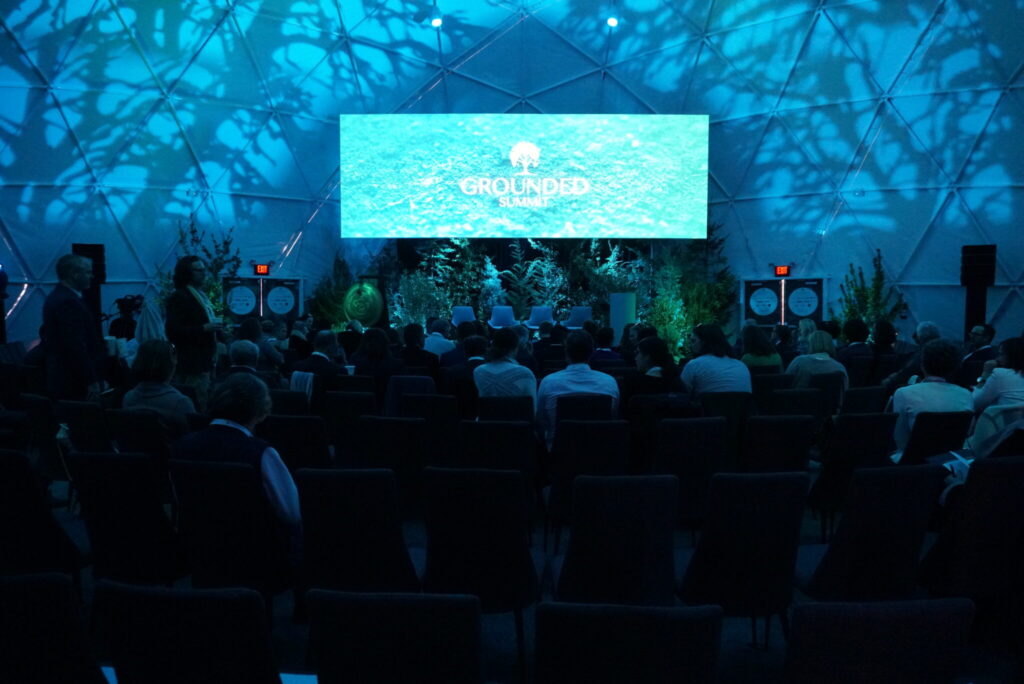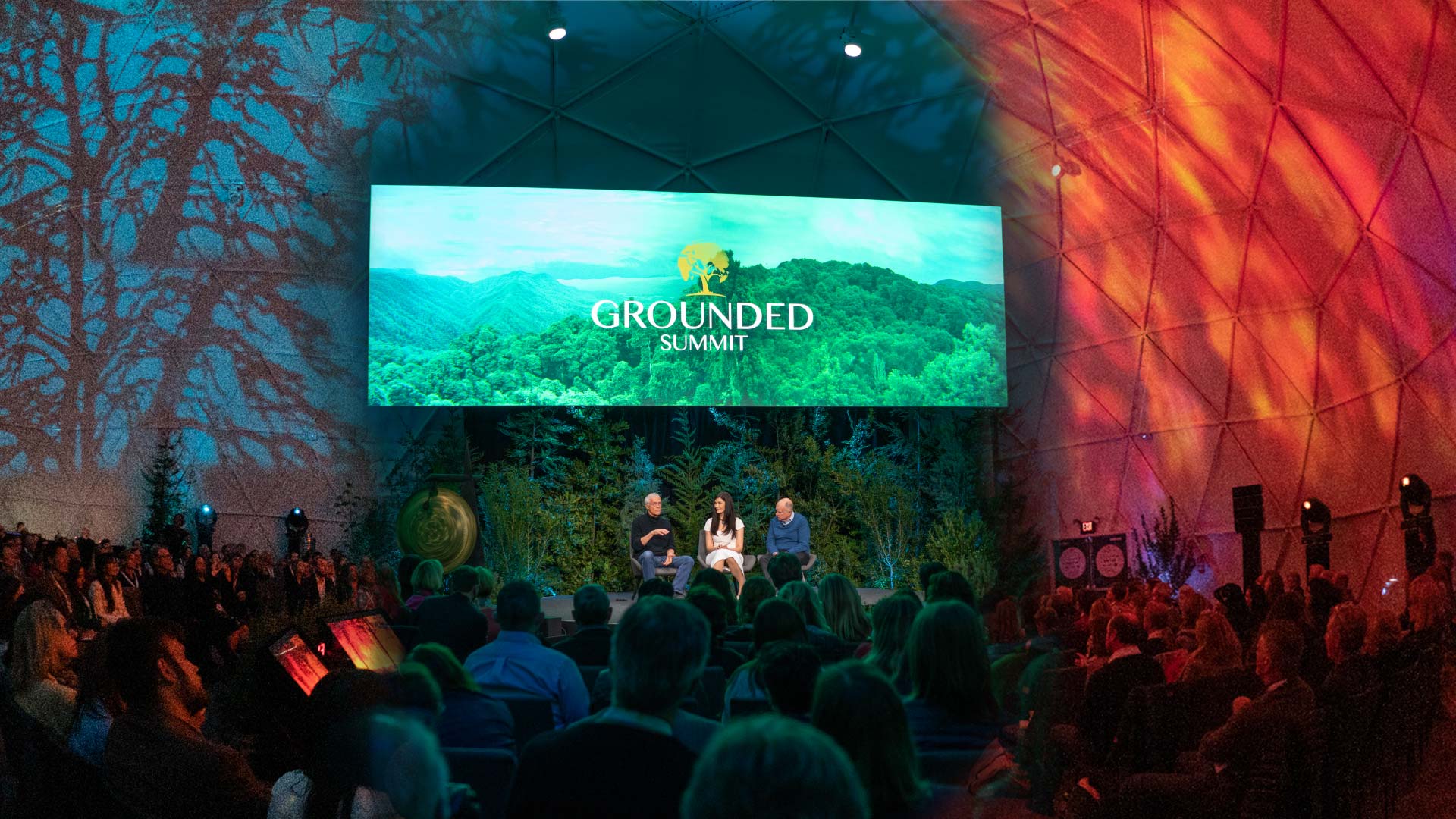As both an environmentalist and a communications professional, Earth Day is one of my favorite holidays. Sure, it’s a great opportunity to enjoy nature (it’s finally spring!) and raise general awareness about how we can help protect the environment—and it also offers a great example of how, by shifting public perception, we can help drive real, meaningful change.
Case in point: When Earth Day was first launched in 1970, it was done so in direct response to the devastating environmental damage caused by decades of unbridled industrial development. By elevating public conversations about the environment, the original Earth Day organizers and other environmentalists of the era were able to secure bipartisan support for the creation of the Environmental Protection Agency and the passage of numerous environmental protection acts. It’s a striking testament to the power of public relations to drive positive change.
Now, almost 50 years later, we face new environmental challenges—and again, environmentalists and communicators are asking ourselves how can we spur positive action? How can we unify and catalyze existing conversations about the environment into meaningful action, and ultimately drive scalable solutions?
RF|Binder’s Social Impact & Sustainability team recently had an opportunity to address this question ourselves when Julia Jackson, environmentalist and second-generation proprietor for Jackson Family Wines, approached us to help launch the inaugural Grounded Summit. This two-day event in Sonoma County, California, would bring together a community of scientists, business leaders, artists and entrepreneurs, all aligned in their objective of converting climate change conversation into action. Together, we were able to develop and activate an experience that unified hundreds, sparked new ideas and inspired new collaborations.
Too often, events like these can end up existing as little more than just a single moment in time, but our objective with the Grounded Summit—as must be the case when planning any truly meaningful event—was to extend the impact far beyond the official event itself. By focusing on the following principles, we were able to create lasting connections and plant the seeds for innovative solutions that would continue to grow post-conference:
Weave purpose into every fiber of the experience.
To inspire action, an event must present a clearly impact-oriented vision at every level. Every element of the event must speak to the larger issue at hand—and be part of the solution.
At the Grounded Summit, every detail of the program was consciously crafted with sustainability in mind. First, an Earth-inspired geodesic dome served as the mainstage for the Summit, creating a unique experience that allowed attendees to feel connected to the environment as well as each other. The dome was created by an environmentally conscious vendor, who worked with our team to keep the summit’s core values in mind, from design to installment.
Next, to minimize the event’s environmental impact, sponsor Bank of America offset the Summit’s carbon footprint, including guest and speaker travel, through Cool Effect‘s Affordable Cookstoves Project.
Communal meals, prepared by world-renowned Chef Soren Westh and his team at .506, featured a thoughtful menu highlighting foraged and sustainable ingredients. We secured partnerships with Copia to donate leftover food and with Green Mary to recycle waste, allowing the summit to reach zero-waste status.

RF|BINDER – Grounded Summit, March 20-21, 2019
Create spaces for all voices to be heard.
To truly unify, inspire and empower a community to tackle a global issue, incorporating diverse voices and perspectives is key.
At the Grounded Summit, we showcased ideas and research from world-renowned sustainability gurus, innovators saving the arctic, and indigenous leaders fighting for the Amazon. Through these diverse perspectives, the Summit became a roadmap to understanding a wider cross section of the extensive impacts of and potential solutions to climate change. Summit presentations featured a variety of different but related perspectives and opinions, such as four-term California Governor Jerry Brown and wildfire ecologist Dr. Paul Hessburg, both of whom spokeabout climate changes’ impact on California.
This inspiration through knowledge-sharing continued outside of the illustrious speaker lineup, with passionate Grounded Summit attendees driving their own dialogue via speaker Q&A sessions, around communal dining tables with new peers, and on social media, where over 500 social posts from the event generated more than 3 million impressions.

Create opportunities for engagement and action on-site.
Unique, hands-on experiences can motivate attendees to take immediate action, and inspire them with new ways of thinking and problem-solving.
At the Grounded Summit, we provided attendees a total immersive experience that appealed to their minds, bodies and spirits, and helped activate solutions-oriented thinking. Guests were invited to join daily mindful moments celebrating the Earth, including a Toltec blessing at the “meditative labyrinth” and a morning sound bath inside the Dome. Guests also had the opportunity to explore some of the most impressive environmental innovations of our time: National Geographic showcased the technology it uses to document our world, including a virtual reality experience in the Sahara; Think Beyond Plastics shared examples of responsible plastics; and a representative of the Waorani tribe in Ecuador, which is actively fighting to protect their land, showcased tribal-made products from local resources—to name just a few.
Ultimately, if we’re going to create a sustainable future for the Earth, we need to dramatically accelerate environmental progress on a global scale. That will require collaboration and hard work from many different types of people and industries—and events and initiatives designed to foster that collaboration and hard work will be critical to the future of our world. The more opportunities we have to bring together diverse perspectives to problem-solve across industries and disciplines, the closer we will get to a healthy planet.
So this Earth Day, think about what you can do. Absolutely plant a tree, or make a donation to an environmental organization of your choice—but also think about what you can do to encourage productive collaboration and support industrial innovation.
What do you plan to do?
Want to learn more about converting the climate change conversation into action? Take a look here.

